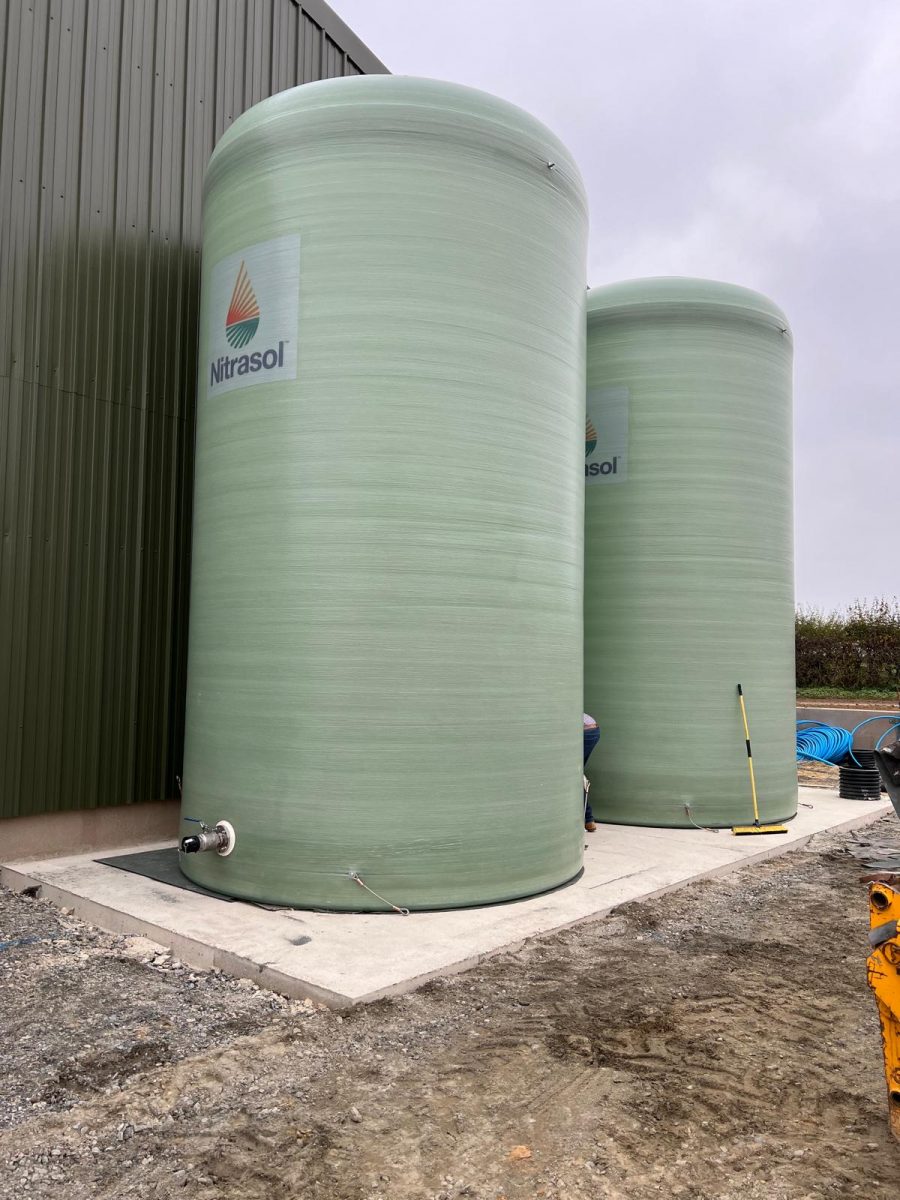Introduction
Nitrogen liquid fertiliser plays an essential role in modern agriculture, promoting the healthy and rapid growth of plants. Packed with nitrogen, a crucial macronutrient, this fertiliser type has gained popularity due to its fast absorption rate, convenience in application, and effectiveness across various soil types. Understanding its mechanisms, benefits, and best usage practices can lead to healthier, more productive plants while supporting soil quality and resource efficiency.
What is Nitrogen Liquid Fertiliser?
Nitrogen liquid fertiliser is a solution designed to deliver nitrogen directly to plants in a liquid form, often through irrigation or foliar sprays. This form of fertiliser offers an alternative to solid fertilisers, with faster uptake and more precise application options. It often includes urea, ammonium nitrate, or a mix of nitrogen compounds, each beneficial for different crop needs and soil conditions.
Importance of Nitrogen in Plant Growth
Nitrogen is critical for plant development as it aids in chlorophyll production, facilitating photosynthesis, and supports the creation of amino acids, the building blocks of proteins. This process is fundamental to a plant’s ability to convert sunlight into energy, promoting lush, green growth and greater productivity in crops. Without sufficient nitrogen, plants may become stunted, and their leaves can turn yellow, a clear sign of nutrient deficiency.
How Nitrogen Liquid Fertiliser Works
When applied to crops, nitrogen liquid fertiliser quickly penetrates the soil or foliage and makes nitrogen available to the plant roots or leaves. Plants then absorb this nitrogen, which is metabolised to create essential proteins, enzymes, and chlorophyll. This fast-acting method benefits many commercial crops, as it allows farmers to see almost immediate improvements in plant vitality and growth.
Types of Nitrogen Fertilisers: Liquid vs. Solid
Both liquid and solid nitrogen fertilisers have unique benefits:
- Liquid Nitrogen Fertiliser: Provides quick nutrient delivery, adjustable concentration, and versatile application methods.
- Solid Nitrogen Fertiliser: Often has a slower release, which can be useful for long-term crops, but it requires moisture for proper absorption and can be harder to apply evenly.
Choosing between the two depends on crop type, soil condition, and growth stage. However, the flexibility of nitrogen liquid fertilisers makes them a favourable choice for many farmers and gardeners.
Benefits
Using nitrogen liquid fertiliser has numerous advantages:
- Rapid Absorption: Plants can absorb the nutrients quickly, which is particularly beneficial during critical growth stages.
- Even Distribution: Liquid fertilisers can be applied evenly, reducing the chances of uneven nutrient concentration in the soil.
- Cost-Efficient: Because liquid nitrogen can be precisely dosed, waste is minimised, making it a cost-effective solution.
These benefits make nitrogen liquid fertilisers ideal for short-cycle crops and intensive farming.
Application Methods for Nitrogen Liquid Fertiliser
Several effective methods exist for applying nitrogen liquid fertilisers:
- Foliar Spray: Applied directly to leaves for fast uptake.
- Soil Injection: Directly introduces fertiliser into the soil, making it available to root systems.
- Irrigation System Integration: Fertiliser is added to irrigation water, allowing for large-scale distribution.
Each method offers unique benefits, allowing farmers to choose based on crop type and size, weather conditions, and soil characteristics.
When to Apply Nitrogen Liquid Fertiliser
Timing is essential when using nitrogen liquid fertiliser. Applying it during early growth stages or times of active leaf and stem development can maximise its benefits. However, avoid application before heavy rainfall to prevent leaching, where nitrogen is washed away before it can be absorbed.
Nitrogen Liquid Fertiliser for Different Crops
Each crop type benefits differently from nitrogen liquid fertilisers:
- Grains and Cereals: Increase yield when applied during tillering.
- Vegetables: Benefit from nitrogen throughout their growth, particularly leafy greens.
- Fruits: Require nitrogen early on for robust growth but may benefit more from balanced fertiliser as they mature.
Understanding the specific needs of each crop type helps optimise fertiliser use and maximise productivity.
Soil Health
Fertiliser can significantly impact soil health. When applied appropriately, it supports soil microbial life and nutrient balance, although excessive use can lead to acidity over time. It’s essential to monitor soil pH and apply organic matter regularly to mitigate potential downsides.
Environmental Considerations and Best Practices
While nitrogen fertilisers can support crop health and yield, excessive nitrogen can lead to runoff, which harms local water sources. Best practices include:
- Use Precision Equipment: Apply fertiliser exactly where needed.
- Avoid Over-Application: Follow recommended application rates.
- Plant Buffer Zones: Near water sources, use buffer plants to absorb excess nitrogen.
These practices ensure optimal fertiliser use with minimal environmental impact.
Final Thoughts: Maximising the Benefits
Nitrogen liquid fertiliser is a valuable tool in agriculture, supporting healthy growth and robust yields when used correctly. By understanding its benefits, application methods, and environmental impact, farmers and gardeners can maximise the potential of nitrogen fertilisers while fostering sustainable practices for soil and crop health.
If you are looking to convert to liquid nitrogen Nitrasol makes it easy.
FAQs About Nitrogen Liquid Fertiliser
What are the benefits of nitrogen liquid fertiliser?
- Nitrogen liquid fertiliser offers rapid nutrient delivery, supports quick plant growth, and can be applied precisely, reducing waste and enhancing effectiveness.
How do I apply nitrogen liquid fertiliser safely?
- Follow product instructions, use protective gear if needed, and avoid application before heavy rain to reduce runoff risk.
Can I use nitrogen liquid fertiliser on all plants?
- Yes, though plants have different nitrogen needs. Adjust the application rate for specific crops or consult a guide.
Is nitrogen liquid fertiliser better than solid fertiliser?
- Liquid fertilisers work faster and allow for even application, making them ideal for short-cycle crops, while solid fertilisers offer slow-release benefits for long-term crops.
How often should nitrogen liquid fertiliser be applied?
- Application frequency depends on crop type, soil quality, and growth stage. Most plants benefit from nitrogen during early growth and leaf development stages.
Are there any environmental risks associated with nitrogen liquid fertiliser?
- Overuse can lead to runoff, affecting water bodies. Following best practices minimises these risks.






